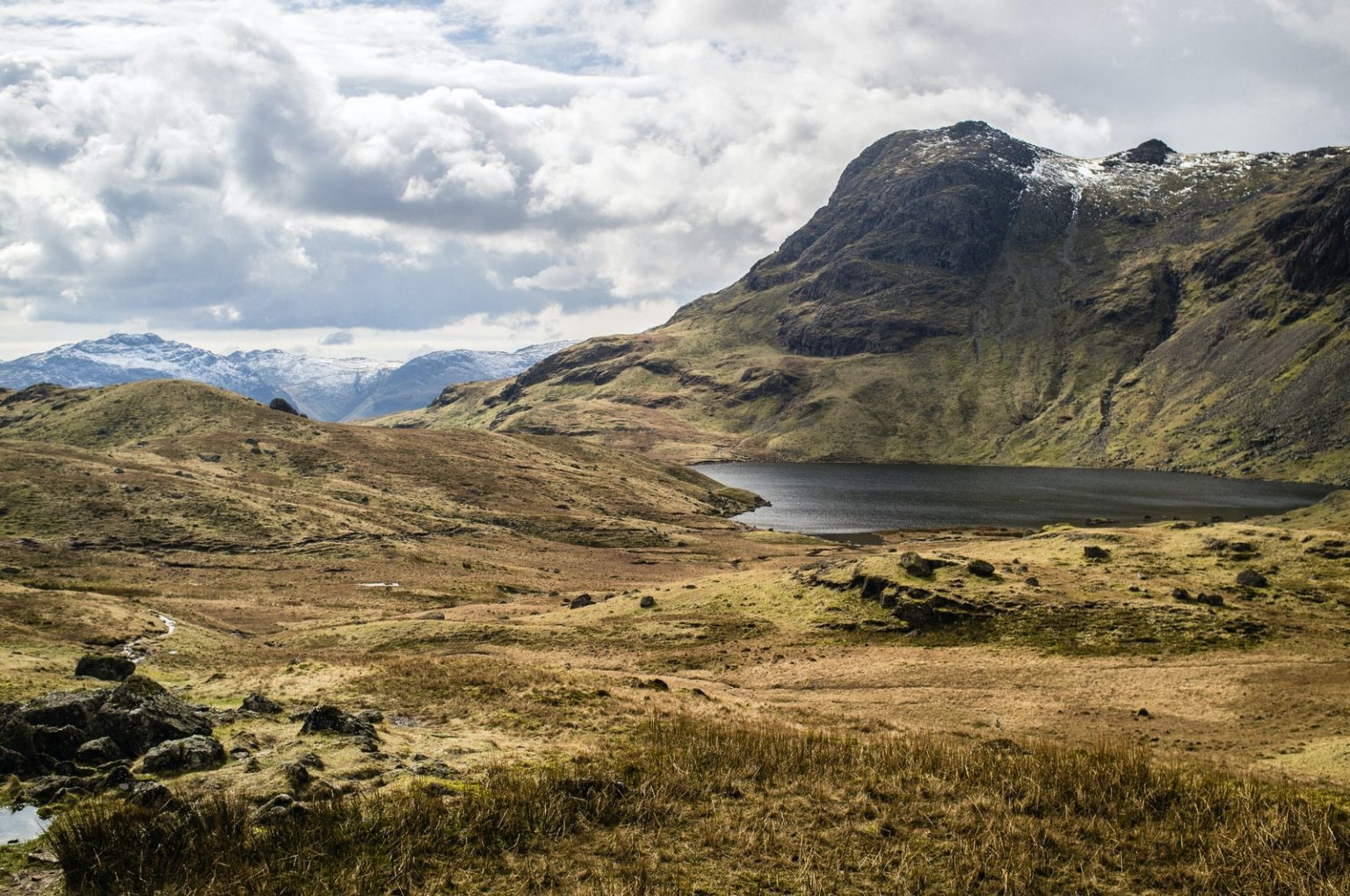You cannot deny the picturesque views of the rugged regions of the Lake District, United Kingdom. The Lake District truly is a natural beauty, but the roads and buildings that are sprinkled in this vast expanse of land and lakes are also a beauty and mesh well together with the region’s striking natural magnificence.
The Lake District’s unique look even attracted filmmakers. The place has been featured in quite a few movies like 28 Days Later, Miss Potter, Snow White and the Huntsman, and a few more.
White Painted Cottages
Lime-washed buildings were all the rage back then when the cement was still non-existent. Lime is both protective and decorative. Lime wash aids in protecting the stone walls from dampness to prevent them from cracking and corroding. It also allows the stone walls to breathe so that the moisture that gets into the walls eventually evaporates and don’t get trapped inside.
The white appearance of lime-washed cottages and buildings looks decorative and gives a rustic yet very romantic appeal.
Modern houses in the Lake District, although no longer lime-washed, still continue the look of white painted walls to blend in with their charming authentic neighbors and the natural environment.
Dry Stone Walls
Dry stone walls give the look of ancient country elegance in contrast to modern cement or wire and wooden walls. They are not only for aesthetic reasons, but these dry stone walls have been used for many years to divide the farming landscape and also to clear the fields of the stones.
Dry stone walls do not have any mortar to bind them, but are only held together by the strategic interlocking of uniquely shaped rocks. Although it does not have any binding agent, dry stone technology is still perfectly stable.
The dry stone technique, although considered an ancient building method, is still being used today and can be seen in artworks, buildings, bridges, and other structures other than walls.
Fireplaces in Walls and Fields
It’s not very common for fireplaces to be seen in fields and walls in other places, but in the Lake District, they are a pretty typical sight.
Some of these old fireplaces can be traced to abandoned and ruined cottages, but most are lime kilns. Lime kilns were prevalent back when lime was massively produced, due to their popularity in various usages. Lime kilns were used for the production of mortar for building and for improving soil composition.
Lime washes were very popular back in the day for protecting structures and were used for the binding of stonework and for the decoration of chimneys and walls. Lime was also utilized in sweetening acidic soil to improve its fertility. The soil then can be used for farming.
Today, although lime kilns are no longer widely used, their presence still offers a unique and interesting addition to the Lake District’s beautiful landscape.




